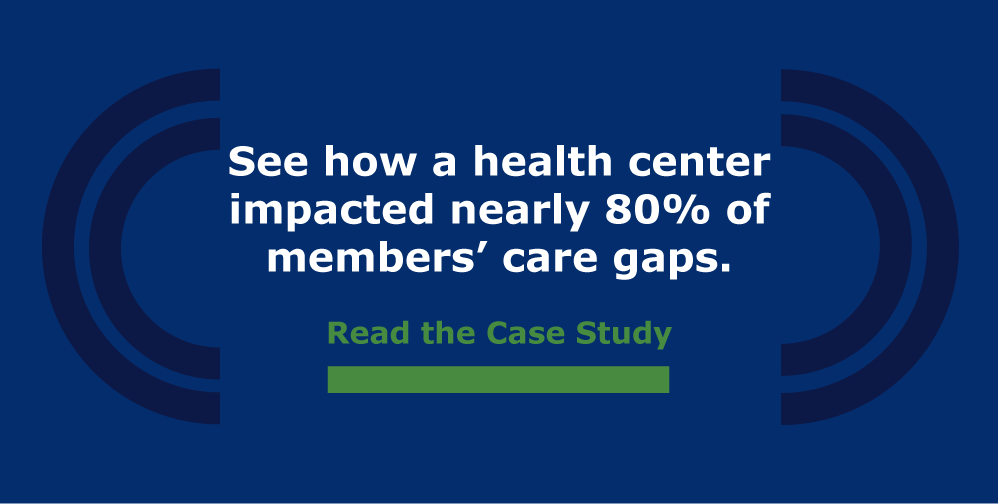What Does it Mean to Master Care Transitions Through the Last Mile?

At ReferWell, our mission is to drive efficient care transitions through the last mile. We have previously discussed how we define care transitions (which goes beyond referral management). But it’s easy to overlook the significance of the last mile. So, what does the last mile mean? How does it change from the perspective of different health care stakeholders? And what’s at risk if you miss that crucial last mile?
The last mile differs for different health care audiences. But in short, it is:
1) the leg of the care journey when the member schedules the recommended care and follows through with the visit AND
2) the result is a closed referral loop that tracks the appointment status and shares clinical notes between providers, unobstructed by the EMR each is using
It means giving the member the extra push that at least 50% of people need to follow through with their recommended care transition or referral appointment and making it easy to view and share clinical data with primary care providers (PCPs), specialists and payers regardless of the many EMRs these different providers and health systems use.
How Does This Look Different Across Various Health Care Stakeholders?
While everyone in health care is looking to provide value, improve outcomes and lower the cost of care, an optimized last mile looks slightly differently depending on what perspective of the health care spectrum you’re coming from.
For an accountable care organization, an efficient last mile means scheduling patient referrals only with your best performing in-network specialists, getting members timely access to care, tracking that the member followed through and receiving the specialist’s clinical notes back to the PCP afterward so he or she can better coordinate the patient’s care.
For a federally qualified health center, it means booking specialist appointments on-site with easy access to a broad network of specialists who take each patient’s insurance plan, sending appointment reminders and knowing whether or not the patient completed the visit and receiving notes to update the patient’s chart after the appointment.
For a health insurer who is funded by CMS or a state Medicaid pool, it means calling your at-risk members who missed care gap appointments, scheduling them with an in-network provider on the phone, educating them on the importance of keeping the appointment and receiving proof the appointment occurred that comes back to the member’s PCP, to eliminate chart chasing.
So, while your organization’s specific view of the last mile may look a little different from another’s, each path leads to higher quality care, better outcomes, lower cost and, as a result, higher revenue/rating/reimbursements for your provider network/health center/plan.
What's at Stake if You Don't Optimize Care Transitions Through the Last Mile?
Your organization is not only missing out on some major benefits by neglecting your last mile of the care journey; you’re likely facing some significant and costly setbacks.
Yet, health care today often overlooks the last mile.
For example:
The ACO physician refers out of network due to poor network visibility and doesn’t know if the member showed at the specialist. The member neglects his or her condition, eventually visits the ER or is admitted to the hospital and the ACO pays exorbitant fees for a situation they could have helped avoid.
Or, the FQHC primary care doctor recommends the patient see a cardiologist and the patient finally finds one who will take his insurance. After this burdensome experience, the patient does complete an appointment, but the specialist has no data on why the patient is there and orders costly duplicative testing that was avoidable if they had received the patient’s clinical data.
Or, a health plan has a list of members who are overdue for colonoscopies but has no way to encourage them to book consults with preferred, in network gastroenterologists. At best, some of these members find their way to an expensive screening at a local hospital. At worst, some of these members avoid screening and end up in the hospital fighting colon cancer.
Why does this happen? Why do physicians and payers continue to accept this poor care coordination? The answer is that these org anizations simply lack the tools to do better. But it is costly to ignore this issue and the truth is there is something you can do about it.
By partnering with a company that optimizes that last mile, you can turn those disconnected providers and care experiences into a tightly and virtually integrated network. That is, a “place” where you can schedule appointments, increase patient and member compliance, share clinical data and track efficiency to ensure that every party involved works toward value-based care.
Sounds like health care nirvana? We think so, too.
Written by Tom Mackintire
Tom is a trusted advisor helping Medicare Advantage, Medicaid and ACA plan executives meet their quality and member outcome goals. Tom has 20+ years of sales and leadership experience within the healthcare market. He is also an expert on the 340B Program and helps health centers maximize 340B savings through better referral management.

 © COPYRIGHT REFERWELL
© COPYRIGHT REFERWELL 